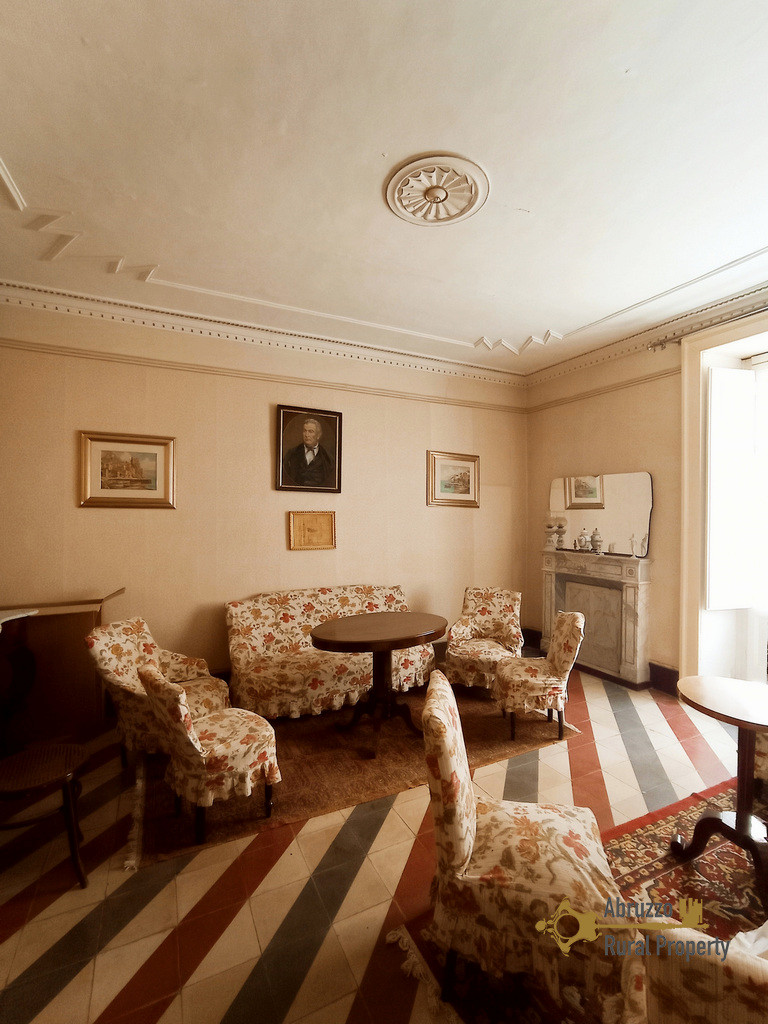About Molise
Molise is a small and charming region located in the south-central part of Italy.
The region is known for its unspoiled landscapes, quaint villages, and rich cultural heritage. Molise is made up of two provinces: Campobasso and Isernia, each with its unique attractions and characteristics.
Campobasso is the larger of the two provinces and the capital of the region. The city of Campobasso is perched on a hill and is characterized by narrow streets and steep staircases that wind their way through the historic center. One of the most iconic landmarks of the city is the Castello Monforte, a medieval castle that sits atop the hill and offers panoramic views of the surrounding countryside.
Another highlight of Campobasso province is the town of Termoli, which is situated on the Adriatic coast. The town is known for its charming old town, which is filled with narrow alleys, colorful buildings, and charming piazzas. The town’s main attraction is the Castello Svevo, a 13th-century castle that was built by the Normans and overlooks the sea.
Isernia is the smaller of the two provinces and is located in the southern part of Molise. The province is characterized by rugged mountains, lush forests, and picturesque villages. The town of Isernia is the capital of the province and is known for its rich history and culture. The town’s main attraction is the Paleolithic site of La Pineta, which is one of the most important archaeological sites in Italy.
Another highlight of Isernia province is the village of Agnone, which is located in the mountains and is known for its traditional crafts, including the production of bells and copperware. The village is also home to the Museo della Campana, a museum dedicated to the art of bell-making.
Molise is a region that is often overlooked by tourists, but it offers a wealth of attractions and experiences for those who take the time to explore it. Whether you are interested in history, culture, or nature, there is something for everyone in Molise. With its two unique provinces, the region offers a diverse range of landscapes, from the mountains to the coast, and a rich cultural heritage that is waiting to be discovered.
Molise is a small and charming region located in the south-central part of Italy.
The region is known for its unspoiled landscapes, quaint villages, and rich cultural heritage. Molise is made up of two provinces: Campobasso and Isernia, each with its unique attractions and characteristics.
Campobasso is the larger of the two provinces and the capital of the region. The city of Campobasso is perched on a hill and is characterized by narrow streets and steep staircases that wind their way through the historic center. One of the most iconic landmarks of the city is the Castello Monforte, a medieval castle that sits atop the hill and offers panoramic views of the surrounding countryside.
Another highlight of Campobasso province is the town of Termoli, which is situated on the Adriatic coast. The town is known for its charming old town, which is filled with narrow alleys, colorful buildings, and charming piazzas. The town’s main attraction is the Castello Svevo, a 13th-century castle that was built by the Normans and overlooks the sea.
Isernia is the smaller of the two provinces and is located in the southern part of Molise. The province is characterized by rugged mountains, lush forests, and picturesque villages. The town of Isernia is the capital of the province and is known for its rich history and culture. The town’s main attraction is the Paleolithic site of La Pineta, which is one of the most important archaeological sites in Italy.
Another highlight of Isernia province is the village of Agnone, which is located in the mountains and is known for its traditional crafts, including the production of bells and copperware. The village is also home to the Museo della Campana, a museum dedicated to the art of bell-making.
Molise is a region that is often overlooked by tourists, but it offers a wealth of attractions and experiences for those who take the time to explore it. Whether you are interested in history, culture, or nature, there is something for everyone in Molise. With its two unique provinces, the region offers a diverse range of landscapes, from the mountains to the coast, and a rich cultural heritage that is waiting to be discovered.




